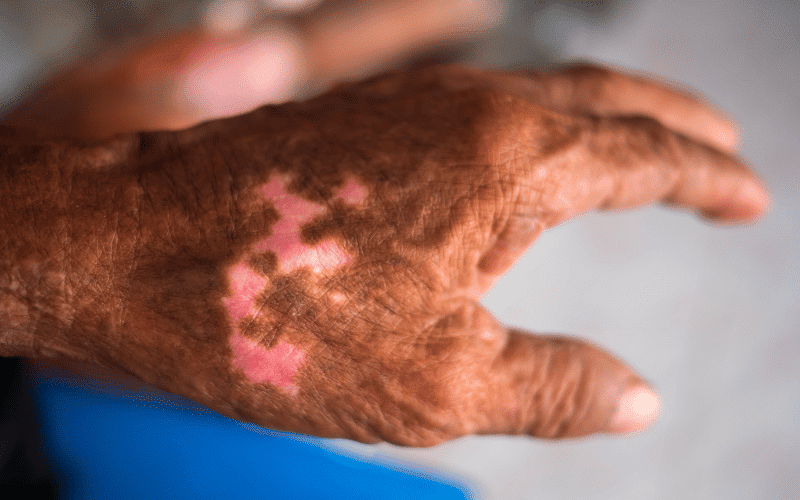7. Darkening or Lightening of the Skin: A Lasting Reminder of Contact Dermatitis

Another possible symptom of contact dermatitis is a change in skin color, which can occur either during the active phase of the condition or as a lingering effect after the inflammation has resolved. These changes can manifest as either darkening (hyperpigmentation) or lightening (hypopigmentation) of the affected skin and can be distressing for many individuals, particularly if the area is visible.
The discoloration is a result of the inflammatory process, which can affect the pigment-producing cells in the skin called melanocytes. In some cases, the melanocytes may produce more pigment (melanin) in response to the inflammation, leading to darkening of the skin. In other cases, the inflammation may damage the melanocytes, resulting in a decrease in melanin production and a lighter appearance of the skin.
While these changes in skin color can be frustrating, it is essential to understand that they are often temporary and will gradually improve as the skin heals. In some cases, however, the discoloration may persist for an extended period or even become permanent.
If the changes in skin color are causing distress or affecting your quality of life, it is important to consult with a healthcare professional or dermatologist who can recommend appropriate treatments to address the discoloration. Options may include topical medications, light therapy, or cosmetic procedures, depending on the severity and extent of the discoloration. (7)